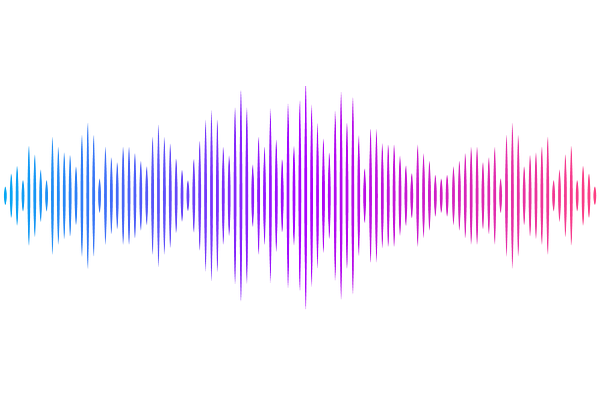A multiplexed transcriptomic analysis of a plant embryonic hourglass

A multiplexed transcriptomic analysis of a plant embryonic hourglass
Wu, H.; Zhang, R.; Scanlon, M. J.
AbstractThe embryo defines the primordial developmental stage of multicellular organisms, from fertilization of the zygote to the formation of tissue layers and organs. Animal zoologists described a period of maximum morphological similarity between embryos of different species within related taxa, later termed the phylotypic stage of mid-embryogenesis. Modern transcriptomic studies identified a phylotypic pattern of gene expression in Drosophila, zebrafish, and the flowering plant Arabidopsis, featuring enhanced accumulation of evolutionarily older and conserved transcripts during mid-embryogenesis. Such plots of transcriptomic age and divergence conform to the \"hourglass models\" of morphological similarities described by 19th century embryologists. Chronological descriptions of the phylotypic stage are problematic for plants, where embryogenesis extends throughout the life cycle and the mid-point of seed maturation is morphologically and chronologically variable among taxa. Here we use multiplexed spatial-transcriptomic analyses to investigate the homology of the grass embryo, which evolved around 150 million years since the divergence of eudicots and grasses. Our data support a model where the single maize embryonic leaf (cotyledon) is a novel, bi-partite organ derived within the monocotyledonous grasses, after the evolution of the ancestral angiosperm cotyledon from a modified embryonic leaf. We describe a maize embryonic-organ-initiation genetic-network that uses ancient and conserved genes, comprising a phylotypic pattern of \"mid embryogenesis\" during the ancestrally conserved initiation of histogenesis and organogenic growth in plant and animal embryos.